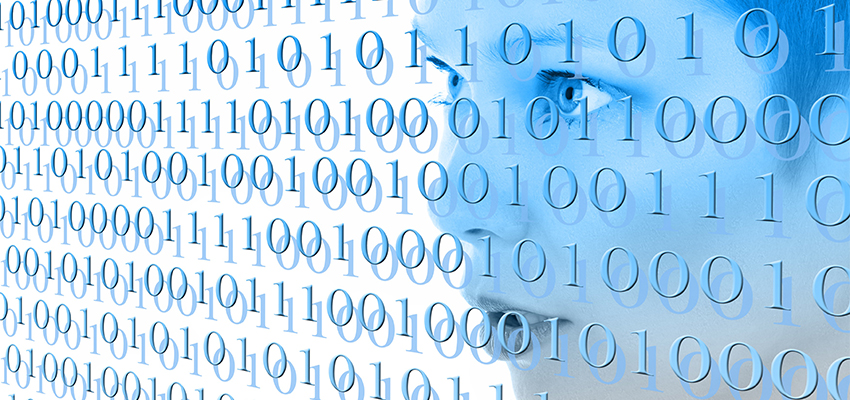
In this post, we’ll explore even more prime examples of how AI and machine learning technology is being tapped to achieve unprecedented gains in healthcare.
Medical imaging-based diagnosis
Machine learning and deep learning have contributed to remarkable breakthroughs in the field of computer vision. This is a critical development for treatment of brain and related tumors, for example, given the fact that quantifying tumors can be a formidable challenge for human doctors. Microsoft’s InnerEye – a medical imaging research project aimed at empowering clinicians with state-of-the-art machine learning technology – helps overcome this challenge by effectively transforming radiological images into measuring devices. Machine learning techniques developed in the context of this project help delineate tumors by recreating brain scans as 3D models, then pinpointing the exact extent and growth of any detected tumor.
The MSK (Memorial Sloan Kettering) Oncology department is aiming machine learning to similarly extend scientific knowledge in its partnership with IBM Watson, as a means of helping physicians arrive at the right considerations in diagnosis and treatment. The intelligence augmentation tool developed under this collaboration leverages the medical center’s decades’ worth of cancer patient and treatment data to present doctors with the treatment options most likely to succeed on the basis of past experience.
Crowdsourced medical data-based applications
There’s a clear rush to source data from a range of mobile devices in recent years, as the basis for aggregation and machine learning-assisted interpretation of ever-increasing volumes of live health data, for a range of healthcare applications.
This race for consumer data collection is ultimately likely to provide researchers and other healthcare industry stakeholders with access to an ever-expanding arsenal of information and knowledge that can potentially help combat severe diseases and other conditions.
IBM, for one, is placing great focus on grasping as much health data as possible. This is evidenced by its teaming with company Medtronic – to achieve solutions capable of accurately making sense of diabetes and insulin data in real time – and by its additionally having acquired healthcare analytics company Truven Health, for the lump sum of 2.6 $B.
Similar effort can be witnessed in Apple’s ResearchKit, which has its sights set on helping to treat Parkinson’s disease and Asperger’s syndrome via interactive apps that assess users’ condition over prolonged periods of time. One such app employs machine learning to perform facial recognition, with the data generated continuously fed into an anonymized bank for future research.
Robotic surgery
The da Vinci surgery robot has justifiably gained plenty of attention, for its ability to support surgeons in skillfully manipulating robotic limbs in surgeries performed in tight spaces, and requiring a hand lighter yet more solid than humans would normally be able to maintain on their own.
Robotic surgery solutions not only employ machine learning, but also machine learning-assisted computer vision – necessary for accurate determination of specific body parts and distances. Machine learning is also at times utilized to continuously steady the motion of robotic limbs, while directed by their human operators.
Personal genetics
AI and machine learning are critical to the understanding of how our DNA affects our lives. While the human genome has been completely sequenced and can now be properly read and edited, our comprehension of the majority of what the genome can tell us remains lacking.
Machine learning algorithms, such as those embedded in such systems as Google’s Deep Mind and IBM’s Watson – with their unparalleled ability to detect the finest patterns and variations – can help overcome this gap. These algorithms make it possible to effectively process and apply pattern recognition to nearly unfathomable volumes of data, including patient records, treatment regimes, diagnostic imagery and clinical notes – a task likely beyond the capabilities of unaided human researchers.
Deep Genomics for one is making significant headway in developing a system allowing interpretation of the DNA by predicting the molecular effects of genetic variation, and the data they’re accumulating can determine how hundreds of millions of genetic variations can impact genetic code. They day in which we’ve achieved improved comprehension of human DNA is the day in which we’ll be able to deliver personalized insights on the basis of individual biological dispositions. This capability will usher in an age of personalized genetics allowing people to achieve greater control of their health via greater information on their bodies than ever available before.
As this and the previous post demonstrate, there’s clear evidence of AI and machine learning radically reshaping the healthcare industry, and of what once may have been considered the product of an overactive imagination becoming tangible reality.



